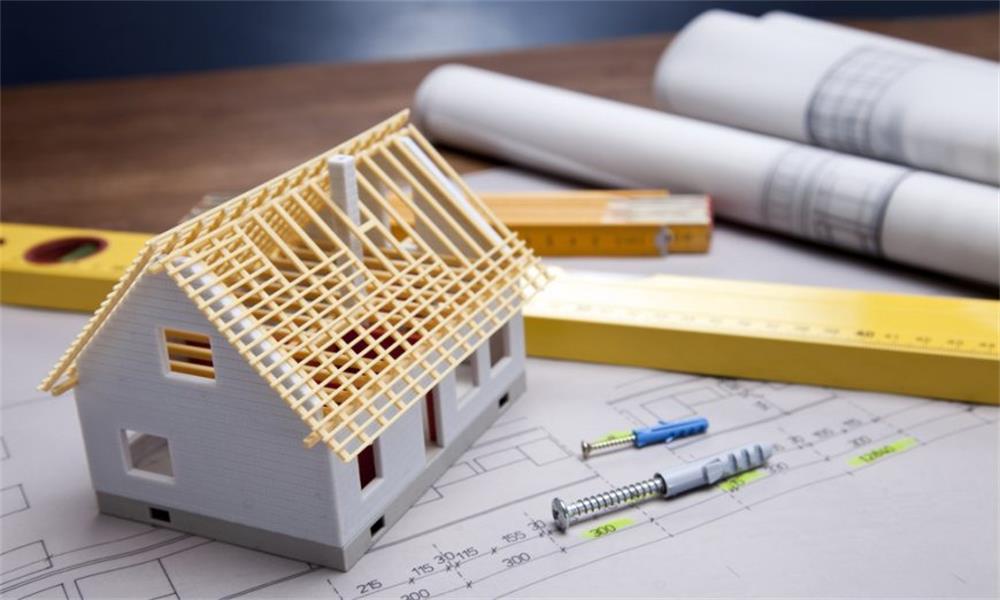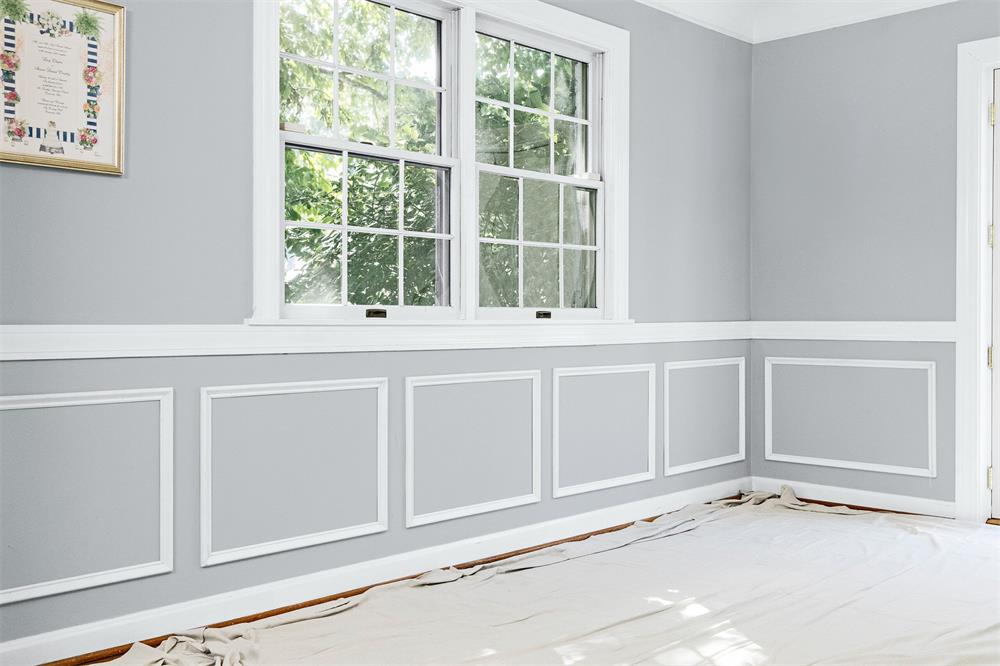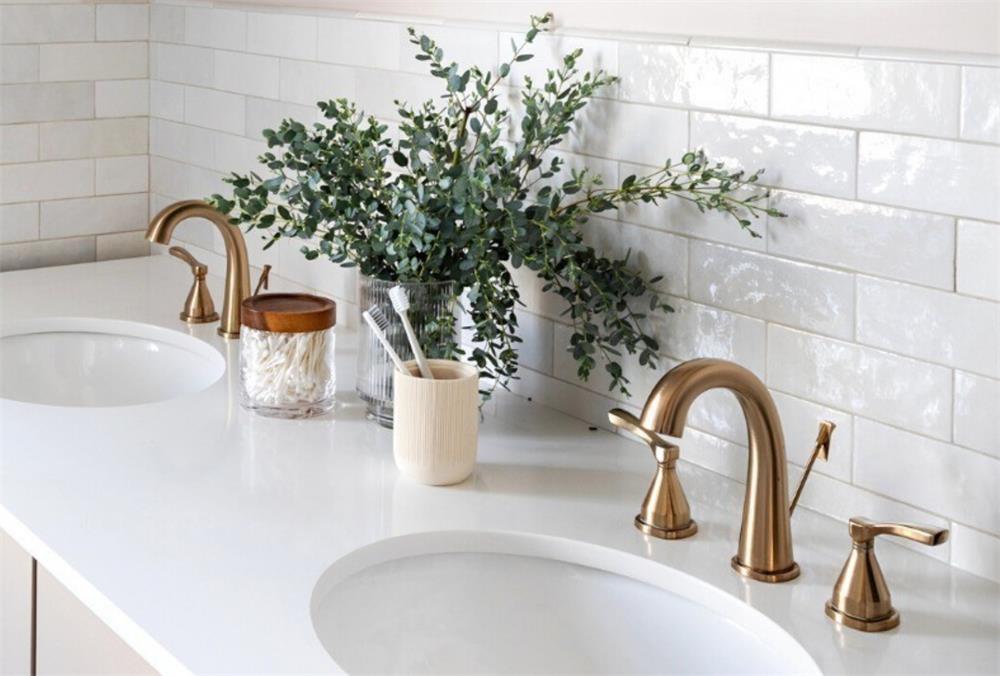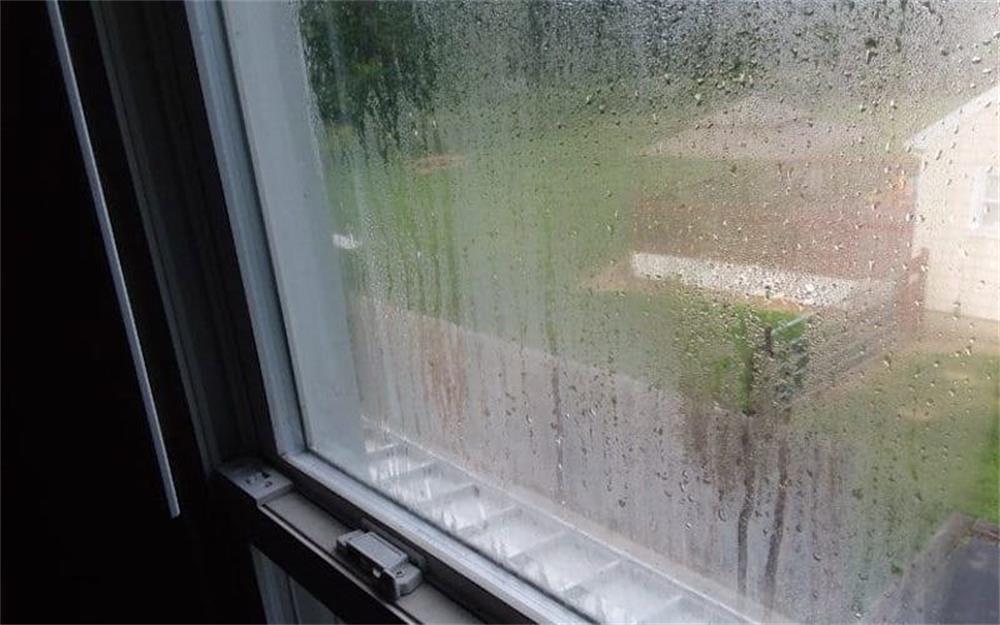Contents
If you want to know how old your house is, you might need to do some detective work. There are many sources of information that can help you date your home, but they may not always agree or be accurate. Here are some tips on how to investigate the history of your house and discover its age.
Look for Clues in the Architecture
One of the easiest ways to get an idea of when your house was built is to look at its style and design. Different architectural styles were popular in different periods, and some features can help you narrow down the time frame. For example, you can look at the shape of the roof, the placement of the windows, the type of siding, and the decorative details.
You can also compare your house with other houses in your neighborhood or online resources like books or websites that describe different architectural styles. For example, if your house has a gable roof, symmetrical windows, and classical columns, it might be a Greek Revival style house that was common in the mid-1800s. Or if your house has a low-pitched roof, wide eaves, and exposed rafters, it might be a Craftsman style house that was popular in the early 1900s.
However, keep in mind that architectural styles can overlap, change over time, or be mixed together. Also, some houses may have been altered or added to over the years, so they may not reflect their original style. Therefore, looking at the architecture alone may not give you a precise date, but rather a range of years when that style was in fashion.
Examine the Building Materials and Methods
Another way to find out when your house was built is to look at the materials and methods that were used to construct it. Some materials and methods can indicate a specific era or technology that was available at that time. For example, if your house has knob-and-tube wiring, it was probably built between 1890 and 1910, when this type of wiring was widely used. Knob-and-tube wiring consists of individual wires covered by rubberized cloth fabric that are held in place by porcelain knobs and tubes attached to the framing members.
You can also look at other materials and methods such as the foundation, the plumbing, the heating system, and the insulation. For example, if your house has a concrete block foundation that looks like stone, it might have been made from cast concrete blocks that were popularized by a patented machine in the early 1900s. Or if your house has galvanized steel pipes for plumbing, it might have been built before 1960, when copper pipes became more common.
However, be aware that some materials and methods may have been replaced or updated over time due to repairs or renovations. Also, some materials and methods may have been used for longer or shorter periods in different regions or markets. Therefore, looking at the building materials and methods alone may not give you an exact date, but rather a clue to when certain technologies were introduced or phased out.
Consult Historical Records and Sources
A more reliable way to find out when your house was built is to consult historical records and sources that document its construction or ownership. There are many types of records and sources that can provide information about your house’s history, such as:
- Deeds and titles: These are legal documents that show who owned the property and when it was transferred or sold. You can find deeds and titles at your local county recorder’s office or online databases.
- Building permits: These are documents that show when a building was constructed or altered according to local codes and regulations. You can find building permits at your local building department or online archives.
- Tax records: These are documents that show how much tax was paid on a property based on its value and assessment. You can find tax records at your local tax assessor’s office or online repositories.
- Census records: These are documents that show who lived in a household and their demographic information every 10 years. You can find census records at your local library or online genealogy websites.
- Maps and surveys: These are documents that show how a property was laid out and measured over time. You can find maps and surveys at your local historical society or online collections.
- Newspapers and directories: These are documents that show news stories, advertisements, or listings related to a property or its occupants. You can find newspapers and directories at your local library or online databases.
By consulting these records and sources, you can find out when your house was built or when major changes were made to it. You can also learn more about the previous owners and residents of your house and their stories.
However, be prepared to do some research and digging to find these records and sources. Some of them may not be available online or may require a fee or a membership to access. Some of them may also be incomplete, inaccurate, or conflicting. Therefore, you may need to consult multiple records and sources and cross-check them for consistency and validity.
Hire a Professional or Join a Preservation Group
If you are still having trouble finding out when your house was built or want to learn more about its history, you may want to hire a professional or join a preservation group that can help you. There are many types of professionals and groups that specialize in researching and preserving historic houses, such as:
- Architects and contractors: These are professionals who can inspect your house and identify its style, materials, methods, and features. They can also advise you on how to restore or renovate your house while maintaining its historic character.
- Historians and genealogists: These are professionals who can research your house’s history and trace its ownership and occupancy. They can also help you find and interpret historical records and sources related to your house.
- Appraisers and realtors: These are professionals who can evaluate your house’s value and marketability based on its age, condition, and significance. They can also help you buy or sell your house or find similar historic houses in your area.
- Preservationists and advocates: These are professionals or groups who can help you protect your house from demolition or alteration that may compromise its historic integrity. They can also help you apply for grants, tax credits, or designations that may benefit your house as a historic property.
By hiring a professional or joining a preservation group, you can get expert guidance and support for finding out when your house was built and preserving its history. However, be aware that these services may cost money or require a commitment to follow certain standards or regulations. Therefore, you should choose a professional or group that suits your needs and goals.
Conclusion
Finding out when your house was built can be a rewarding and fascinating experience that can enrich your appreciation and enjoyment of your home. However, it can also be a challenging and time-consuming process that requires careful observation, research, and verification. By following these tips, you can make your investigation easier and more effective. Whether you do it yourself or with the help of others, discovering your house’s age and history can be a worthwhile endeavor that can add value and character to your home.












